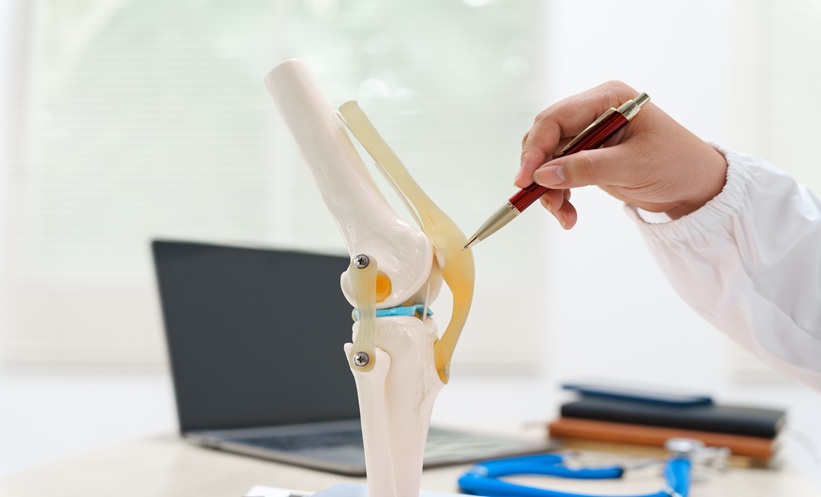NEW recommendations on the use of imaging in large vessel vasculitis (LVV) patients have been published by the European League Against Rheumatism (EULAR). The 12 recommendations, aimed at a range of specialist and general physicians, intend to advise on the situations when imaging modalities should be used for diagnosing the condition and monitoring disease activity and damage in clinical practice.
Recommendations
The evidence-based recommendations made by the EULAR task force, consisting of 20 experts from 10 EULAR countries, included:
- Patients with suspected LVV be given an early imaging test, with ultrasound and MRI the first choices in giant cell arteritis (GCA) and Takayasu arteritis (TAK), respectively. Alternative modalities that can be used are CT or PET.
- Further investigations such as temporal artery biopsy (TAB) and/or additional imaging are needed if the clinical diagnosis is still in doubt after clinical examination and testing.
- Imaging is suggested for better assessing disease activity in those patients with a suspected flare.
- In regard to long-term monitoring of structural damage, the frequency and choice of imaging modalities remain at the discretion of the individual physician.
- Patients at risk of aortic aneurysms should be closely monitored for this complication.
- Imaging should always be conducted by a trained specialist following appropriate operational procedures and settings.
Aims and Scope
This is the first EULAR up-to-date guidance for the use of imaging to diagnose and monitor patients with suspected LVV. The recommendations do not encompass all facets of LVV diagnosis and management, and do not include in full the role of TAB for GCA diagnosis. The patients targeted are those with suspected or established primary LVV, specifically GCA or TAK. It is also hoped that the recommendations inform patients participating in shared decision-making and in the organisation of care of LVV patients by primary care physicians and healthcare providers.
Creating the Recommendations
In making their recommendations, the task force conducted a systematic literature review on the role of imaging modalities, such as ultrasound and MRI, in LVV. EULAR Standardised Operating Procedures were followed to formulate the guidance.
James Coker, Reporter
To access the EULAR task force recommendations in full, click here.








